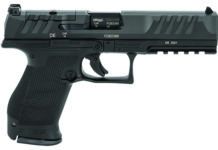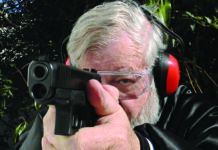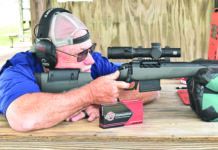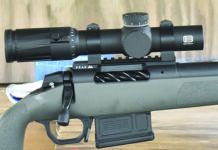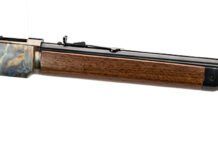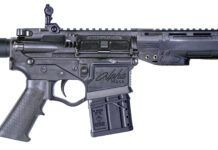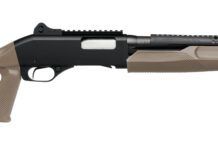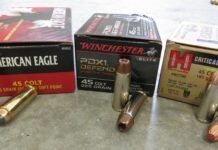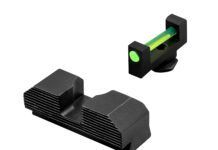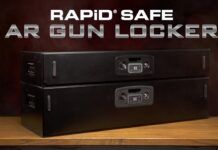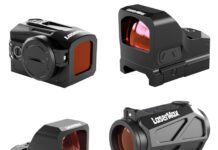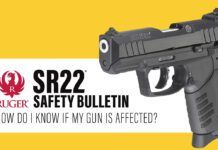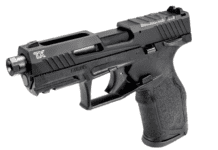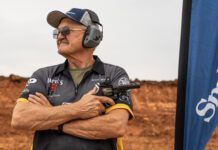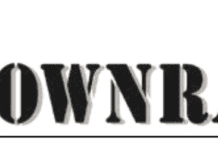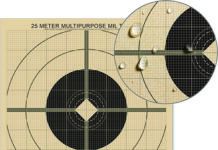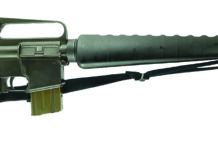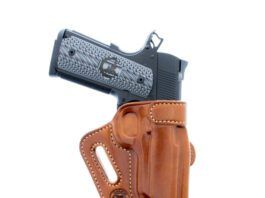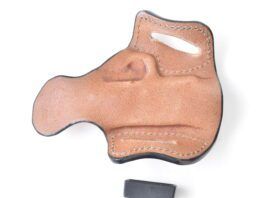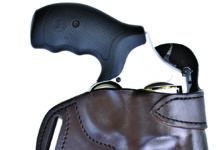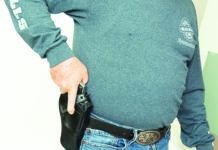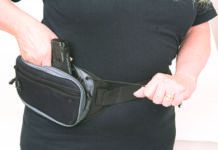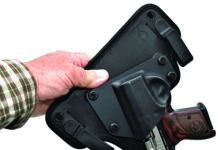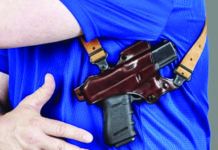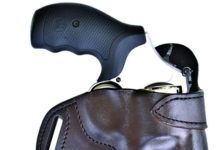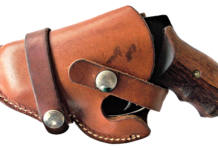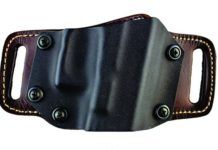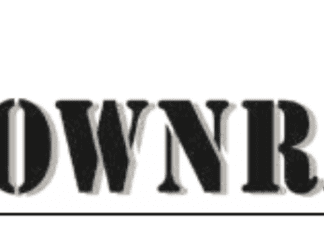Higher-Retention Holsters: We Test Seven Candidates for You
Optics-Ready Holsters: We Test Carry Scabbards for Red Dots
Small-of-Back Holsters: We Test a Handful of SOB Types
2020 Holster Picks for Carry
Switchback Ambi Holster
Hands-On: Galco’s FasTrax PAC Reinvents the Fanny Pack
Kydex and Leather Holsters
Shoulder Holsters Compared
Driving Holsters Compared
We look for the best holsters for driving, sitting for long periods, and by extension, riding a horse or motorcycle. We found a number of good choices, though some are pricey.
A Look at Left-Hand Holsters: Picks for Southpaw Shooters
We test units from Hunter Co., Quest, Uncle Mike's, Swap Rig Holsters, Jason Winnie, Barber Leather Works, Blackhawk, 1791 Gun Leather, and Jeffrey Custom Leather.
Holster Help for the EZ380
Now once again, this holster is NOT actually designed for the EZ380, but it works great, and is real comfortable to wear. No issues with the holster catching on the mag release. Now, since I really only have one pair of jeans for IWB carry, I still wanted an OWB holster. For this I tried a different local gunshop, closer to home, and they let me try a few "universal" holsters off the shelf. The one they suggested fit the gun okay, but like you, when I pulled the EZ out of the holster, just with my hands, the magazine came flying out! So back on the shelf that model went.
We Test Inside-The-Waistband Holsters for $50 and More
Shooters know that quality leather gear is increasingly expensive. Like a good shoemaker, workmen capable of making quality holsters are few and far between. For many of us, this means buying off-the-shelf holsters. In this installment, we test more than a dozen holsters from makers large and small. While we tried to keep the price around $100 or less, in several cases we went over. This was a result of the raters adding options such as special reinforcements and sweat guards.


